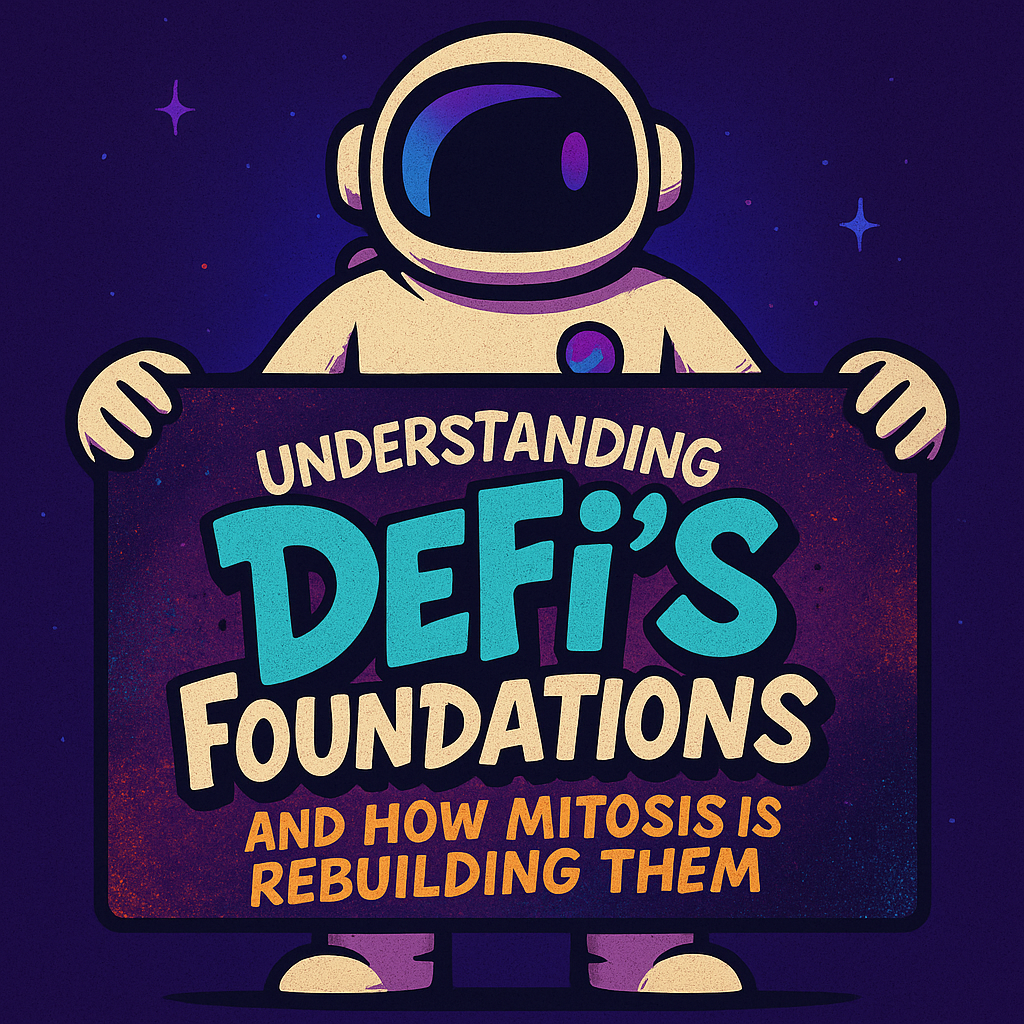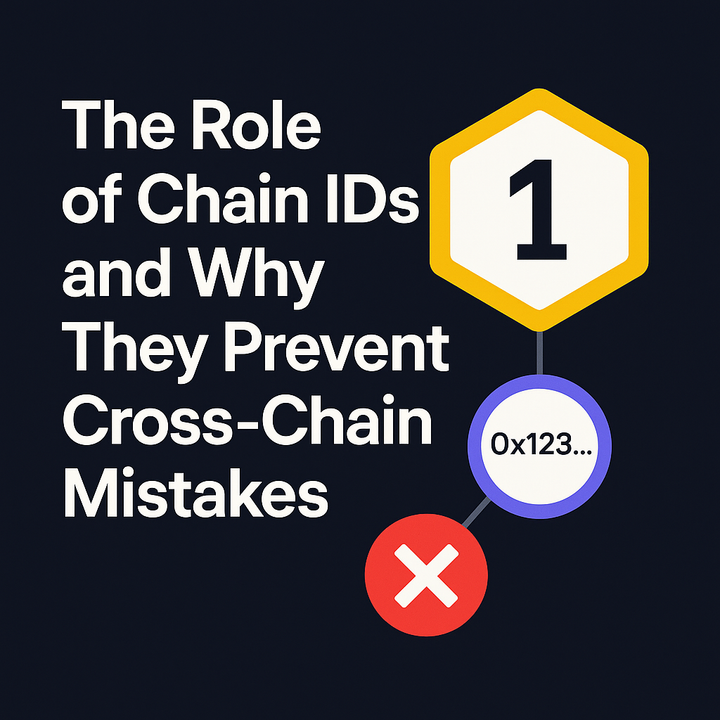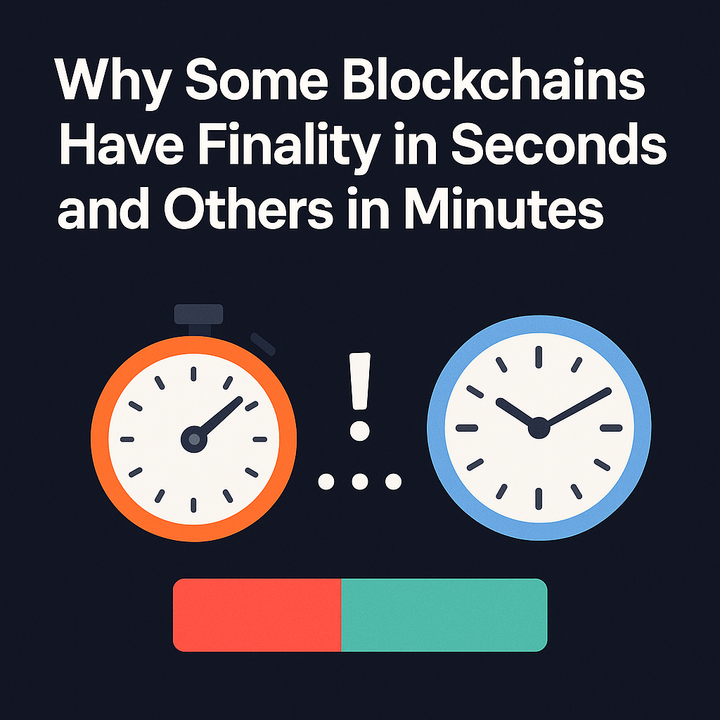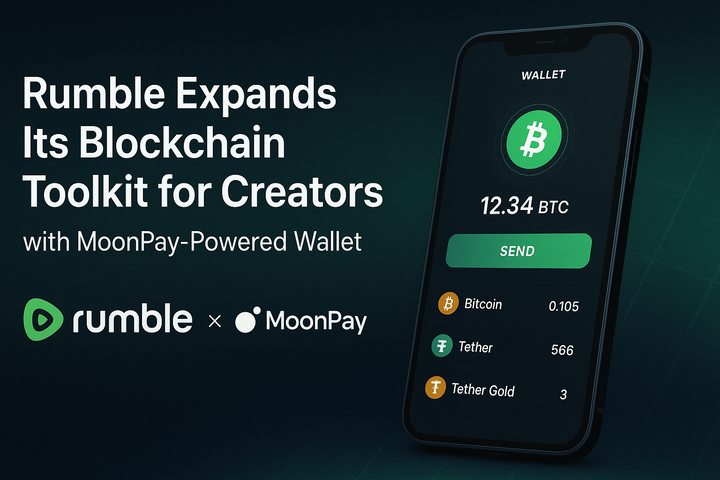Understanding DeFi’s Foundations and How Mitosis Is Rebuilding Them

Introduction: What DeFi Was Meant to Be
DeFi, or decentralized finance, was built on a simple idea:
Finance without permission, banks, or borders. No need to trust a third party. No paperwork. No gatekeeping. Just smart contracts doing the work transparently and automatically. In its early days, DeFi delivered on that promise. Anyone could lend, borrow, earn yield, or trade assets using just a wallet.
It felt like the future.
But as the ecosystem grew, so did the complexity.
We ended up with too many chains, scattered liquidity, and tools that required constant attention. APR chasing, manual rebalancing, bridging risks. DeFi became more of a job than a solution.
That’s where Mitosis comes in.
Mitosis isn’t trying to start over, it’s rebuilding from the ground up, by fixing what’s broken: liquidity fragmentation, lack of composability, and the burden on users to manage everything manually.
With Programmable liquidity, cross-chain automation through Hyperlane, and a modular design built for the future,
Mitosis is restoring the core values of DeFi access, control, and simplicity.
The Problem with Liquidity Today
DeFi promised an open financial system where anyone could lend, borrow, and earn without middlemen. But as more chains, protocols, and yield farms launched, liquidity became fragmented. Instead of one cohesive market, we got a maze of isolated pools spread across chains like Ethereum, Arbitrum, Base, and Solana.
For users, this means:
- Constantly bridging assets to chase better yields
- Switching protocols based on APR swings
- Manually managing risk across disconnected ecosystems
Even protocols struggle to build sustainable liquidity. Incentives are often temporary. Capital moves in and out like tides, unpredictable and hard to control. What started as decentralized and permissionless has become labor-intensive and brittle. DeFi hasn’t failed, but it’s stuck in a loop of chasing liquidity instead of commanding it.
This is where Mitosis steps in.
Mitosis: Rebuilding Liquidity from First Principles
Mitosis doesn’t patch DeFi’s liquidity problems it rethinks them from the ground up. At the heart of Mitosis is a simple but powerful idea: liquidity should be programmable, not passive, not reactive, but intelligent and adaptive.
To achieve this, Mitosis introduces the Vault Liquidity Framework (VLF), a system where users deposit into smart vaults that are equipped with built-in strategies. These vaults don’t just sit and wait. They monitor yield opportunities, rebalance across chains, auto-compound rewards, and adapt in real time.
Key shifts Mitosis introduces:
- From static staking → to dynamic vault strategies
- From chasing APR manually → to automated rebalancing
- From isolated liquidity → to composability across chains
With VLF, liquidity stops behaving like scattered puddles and starts acting like a liquidity engine, flowing to where it's most productive, all without the user needing to lift a finger.
But vault intelligence alone isn’t enough. To truly connect liquidity across DeFi, Mitosis needs a way to move instructions and strategies between chains without delay, risk, or fragmentation.
That’s where Hyperlane comes in.
Hyperlane: The Messaging Layer That Unlocks Composability
DeFi isn’t just multichain, it’s fragmented. Each chain operates in its own silo, with its own rules, assets, and liquidity. Moving capital between them usually means bridges, delays, and risk. Hyperlane changes that.
Hyperlane is a permissionless interchain messaging protocol that lets Mitosis communicate between blockchains without moving tokens directly or relying on centralized bridges. Instead of bridging funds, Mitosis sends instructions.
For example:
- A vault on Arbitrum detects low yield.
- A higher-yield opportunity is found on Base.
- Mitosis uses Hyperlane to trigger a rebalance not by moving tokens manually, but by coordinating logic across chains.
This means Mitosis vaults become cross-chain aware, capable of reacting to market conditions across ecosystems in real time.
What this unlocks:
- Composability: Strategies and vaults can interact across chains like building blocks.
- Security: Tokens stay on native chains; only logic moves.
- Modularity: New chains, vaults, and strategies can plug in easily.
Hyperlane isn’t just a messaging tool, it’s the nervous system for Mitosis’ liquidity brain. Together, they make cross-chain DeFi feel like one coordinated system.
Conclusion: From Fragmentation to Flow
DeFi was built on powerful ideas, open access, self-custody, and unstoppable code, but its current form is fractured. Every chain is an island. Every strategy is siloed. Users are left stitching together their own workflows, hopping from farm to farm, chasing yields that rarely last. Mitosis is changing that.
By combining the Vault Liquidity Framework (VLF) with Hyperlane’s permissionless messaging, Mitosis is building an intelligent liquidity network one that doesn’t just sit and wait, but moves, reacts, and composes across chains.It means:
- No more APR anxiety.
- No more endless bridging.
- No more passive capital.
Instead, you get automated, adaptive strategies that stretch across ecosystems making your liquidity work smarter, not harder.
In the end, Mitosis isn’t just rebuilding DeFi’s foundations. It’s reprogramming them into something more modular, more composable, and more aligned with the way capital should move in an interconnected world.
References
• Glossary – Mitosis University
• Liquidity That Thinks for You: The Power of Mitosis VLF
• Hyperlane Documentation



Comments ()